
Official Edgar Rice Burroughs Tribute & Weekly Webzine Site Since 1996 ~ Over 15,000 Webzines and Webpages In Archive Master of Imaginative Fantasy Adventure Creator of Tarzan® and "Grandfather of American Science Fiction" Volume 3348a |

Official Edgar Rice Burroughs Tribute & Weekly Webzine Site Since 1996 ~ Over 15,000 Webzines and Webpages In Archive Master of Imaginative Fantasy Adventure Creator of Tarzan® and "Grandfather of American Science Fiction" Volume 3348a |
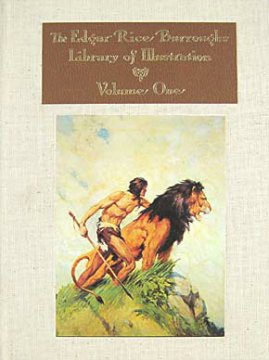
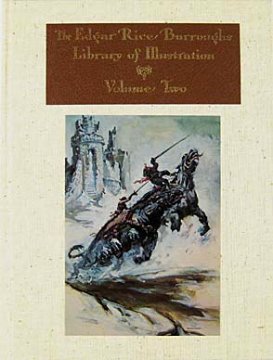
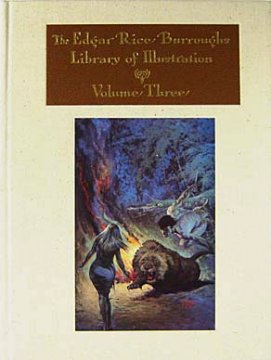
I must have read the whole Burroughs opus before I was fifteen. (I’m not at all sure I could manage it now, any more than I can still read authors like Robert E. Howard, who I adored beyond reason.) I soldiered right through ALL the Tarzan novels, with their endless succession of lost anachronsitic empires and malevolent but seductive princesses, purchased (I still have them) the DoubleDay hardcover book club editions of his Mars series illustrated by Frank Frazetta (much of my pocket money went to mail-order books), hunted down and found nearly all the old Ace paperbacks with Frazetta covers and the funny red lettering with the spiky bits. Burroughs was nothing if not prolific; he wrote at an astonishing speed, being the master of the cliff-hanger ending, leaving readers positively baying for a sequel. He wrote twenty-three for Tarzan alone.I bought copies of all Burroughs' Martian, Venusian, Inner-Earth and various and sundry other novels when Ace recommissioned Frank Frazetta to do the covers in the 70’s and re-purchased the whole lot of Tarzan paperbacks when Neal Adams and Boris did new covers. (I may even have read the things again, go figure, but it's likely I just laid them out side by side on the floor of my room and daydreamed over them.) My biggest investment, though, was signing up for the the Edgar Rice Burroughs Library of Illustration: Limited Centennial Edition, from Russ Cochran, Publisher, which must have cost about 10 acres of raspberries picked at two dollars a flat during the long summers leading up to fall 1976. (I had tried strawberries, but was no match for the nimble-fingered housewives who could pick a row at three times my speed. I eventually went for cherries, apricots and pears, happier perched on ladders than bruising my knees in strawberrry patches. Back then it as still possible to earn enough in one summer for the next term in art school. Fruit financed my first forays into literature and illustration.)
Weighing in at a good 15 pounds (with slipcase) the Library is a compendium of the artwork produced over the years for various Burroughs novels.
Volume One is dedicated largely to illustrator J. Allen St. John. Born in 1875, a contemporary of the likes of Franklin Booth and N. C. Wyeth, St. John created a considerable number of paintings for Burroughs' novels. His meticulous research, diligently reading manuscripts and taking scrupulous notes, did nothing to compromise his free painterly style (underpinned by a faultless academicism) and classical mastery of light. (He also seemed relatively immune to Burroughs' peevish interventionism, doubtlessly secure in the knowledge that if given too hard a time there was plenty of work elsewhere.)
J. Allen St. John's work appears on the hardcover editions of many Burroughs stories, until replaced in the early sixties by decidedly less inspired illustrators like C. Edmond Monroe Jr., who were likely calculated to have more appeal to a juvenile public. (To see some of St. John’s covers, J. Allen St. John’s Edgar Rice Burroughs Dustwrapper Gallery. Jessica Amanda Salmonson’s Violet Books site is a treasure trove of Golden Age illustration, by the way.)
The first cover ever done for Tarzan, however, is the work of Clinton Pettee, who seems only to be remembered only through that one picture, published on the cover of the October 1912 edition of "All-Story" magazine and entitled "Tarzan of the Apes: A Romance of the Jungle". Burroughs carelessly inserted a tiger named "Sabor" in the book, drawing a few cynical letters-to-the-editor and touching off a heated epistolary debate as to the nature and meaning of the word "tiger" in colonial Africa. He removed the embarassing Sabor when Tarzan finally appeared in book form. The novel was published by A. C. McClurg & Co. in 1914, with the decidedly unathletic silhouette of Tarzan slouching on a branch by an artist named Fred J. Arting, who, like Pettee, seems only to be remembered in relation to his subject. The cover was reprinted steadily from 1914 through the 1950's, when a decidedly awful picture by Gerald McCann was substituted. (Burroughs would have sent a blistering letter about that one, for sure.)
J. Allen St. John, despite the occasional criticism, was ERB's favorite illustrator. In July 1927, Burroughs sent his editor a scathing letter of reproof about the cover painting for The War Chief which had been done by Paul Stahr, a St. John replacement. “The figure of the Indian is not of an Apache, it does not look like an Indian and is as homely as Hell. I did not mind so much when I saw it on the magazine cover, but I was nearly sick when I saw that you had adopted it for the book, as I was sure St. John would do something really worth while for it. There is nothing of the atmosphere or colouring of Arizona in the foliage or background; in fact the whole things is atrocious and if the picture can kill sales, I am confident this one will." In the increasingly heated exchange of letters that followed, ERB added "You do not have to tell me why this jacket was selected. It was solely because it was bought cheap… and a couple of hundred dollars saved."
Delaware artist Frank Schoonover (1877-1972), though more readily associated with the likes of James Fenimore Cooper, also did a few illustrations for "A Princess of Mars" in 1917. There is even, astonishingly enough, Tarzan art by N.C. Wyeth -- the covers of "New Story Magazine" for The Return of Tarzan, in June and August 1913. The Return of Tarzan was serialized by over seven issues between June and December; his cover for the first installment is presumed lost, indeed I've only ever seen the one that is familiar to everbody. (Additionally, he did a cover for All Story magazine’s publication of "The Outlaw of Torn" in January 1914.) Burroughs wrote to enquire about purchasing the originals, and was told it was an unofficial "custom of the house" to sell them for half of the fee paid the artist -- in this case, fifty dollars each. Burroughs could not pay the amount and let the matter drop. In 1965, Hulbert Burroughs' curiosity was piqued by the mention of the Wyeth cover, tracked it down and purchased it for $1,500.00.
Volume Two kicks off with the competent and often elegant but rather tame Tarzan illustrations by Studley O. Burroughs, son of ERB’s older brother Henry. Studley’s style was ill-suited to ERB's demands and ERB supplied agonizingly detailed resumés of what he wished to see on each cover. Replying to a submission of sketches, he wrote "Do you object to my telling you exactly what I wanted? I know some artists do." When he saw the finished cover of Tarzan Triumphant, he had this to say: "He is too prissy and has a belly on him almost as large as mine… Tarzan Triumphant looks as though he might be several months along towards an increase in the family…" In passing, he criticised St. John, blaming him for dropping sales, seeming not to take into account the deepening Depression. "If you have any of my former books I wish you would note the almost total loss of outstanding sales value in St. John's jackets. As works of art they seem to me about all that could be desired, but as outstanding, compelling attention attractors they are not so hot." Studley's drinking problems (and doubtlessly the feeling of working for an ungrateful -- and close family -- client for low fees and too few kind words) ended up resulting in missed deadlines and disappointment. Eventually ERB dropped him and took up again with St. John.
The first Tarzan comic, syndicated in 1929, is done by Hal Foster, each strip (60 in all) being a handful of vignettes with text below, the very early beginnings of the daily comic strip. Foster's next contribution, full-sized Sunday pages, still has no word balloons, but a far looser layout, with dialogue in quotation marks inside the panels. He kept at it from 1931 to 1937, before moving on to Prince Valiant.
Volume Two is very largely dedicated to the illustrations of John Coleman Burroughs, Edgar's son, whose work, alas, is uninspired where it's not simply mediocre. ERB dropped J. Allen St. John in favour of his son, with editors no doubt heaving a sigh of relief, spared the unenviable role of the middle man trying to placate the sensibilities of both parties. (And in the end, probably not caring so much what went on a cover as long as it sold well.) In 1937, John did his first Burroughs cover for The Oakdale Affair and The Rider. In the words of ERB "...it has always been the ambition of my son, Jack, and myself that one day he would illustrate one of my books. He is doing very excellent work, and I am having him illustrate the Spring book for us." John Coleman Burroughs went on to illustrate practically everything, over one hundred paintings in all. (Curiously for a stickler like Burroughs père, EVERY depiction of a bow and arrow is wholly wrong.) There is also a generous selection of John Coleman Burroughs' John Carter of Mars and Pellucidar comics (over-generous - nearly 100 pages). The book is rounded off with Dell Comic Tarzan covers by Morris Gollub, whose Tarzan looks very much the 1950's Charles Atlas type, clean-cut and wholesome, but not particularly inspired.
Volume Three sums up with the idols of my teenage artist-hero worship: Frank Frazetta and Roy G. Krenkel. (I never warmed to Reed Crandall, who only did work on the Mars books because Al Williamson, the illustrator originally considered, was too busy.) I of course missed Hal Foster (he was far happier doing Prince Valiant anyway) and his successor Burne Hogarth (but quite frankly, his unrelenting action poses in every possible situation are tiring after a while, as are the wooden faces of his protagonists. How Tarzan maintains those astonishing stances with both feet so consistently planted firmly on the ground has always been beyond me), but assiduously collected Russ Manning's Sunday colour pages. Naturally, Frazetta’s work recaptures the magic, absent since St. John. The earlier Tarzan work from the 1950's is in watercolour, before his switch to oils and the full development of his trademark style. One wonders what Burroughs would have thought. Likely he would have approved wholeheartedly. In the same volume is J. Allen St. John's last Tarzan illustration a pen and ink rendering of "Tarzan and the Eagle" after the 1919 colour painting done for Jungle Tales of Tarzan, done in 1957, the year of his death.
So why this double detour, both into my teen fantasies and the age of pulps? Well, I’m like everbody else, I thought I was pretty well-informed. But, as usual, it turns that there's always a lot more behind a few pictures than you ever imagine. And besides, detours are always worth taking, they never do lead where you expect.
2Links to these artists will lead you to Jim Vadeboncoeur's truly excellent Illustrators site. Not only does Jim provide a concise introduction to each artist, but he furnishes ample links for further reading and research. Also, if you are an admirer of the Golden Age of Illustration and you don't have EVERY copy of ImageS, then you must do some catching up. For a thorough immersion (take a deep breath) in the ERB universe, go to the official Edgar Rice Burroughs web site.
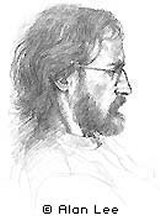
www.john-howe.com |
Biographies are difficult, and hard facts generally pretty rare. So, welcome to the strict minimum. Born in 1957 in Vancouver, grew up in British Columbia. Studied at the Ecoles des Arts Décoratifs de Strasbourg Lives in Switzerland as a freelance illustrator, with wife Fataneh (also an illustrator), and son Dana (who knows what he will be, but he does play awfully good classical guitar). All the rest - pictures and what there is to say about them - will be found on my Web site. |
|
|
|
Featuring cover and interior art from ERB novels ERB Artist Encyclopedia Frank Frazetta's ERB-Related Art Cover Art for Tarzan Novels Ballantine Tarzan Covers by Neal Adams and Boris J. Allen St. John: Portal I | Portal II | of many ERB C.H.A.S.E.R: The War Chief Frank E. Schoonover N.C. Wyeth (Return of Tarzan and Outlaw of Torn pulps) ERB Illustrated Pulp Bibliography Studley O. Burroughs Hal Foster: Tarzan of the Apes ~ Sunday Pages John Coleman Burroughs | John Carter Sunday Pages ERB Comics Encyclopedia Roy G. Krenkel's Ace Covers | II | III Reed Crandall Al Williamson Burne Hogarth Russ Manning ERBzine Archives www.ERBzine.com Note that our internal Google search allows the reader to find relevant topics throughout ERBzine by entering appropriate keywords. |
|
Roll Over Images with Mouse to See Pop-Up Captions Click Images to See Related Webpage |
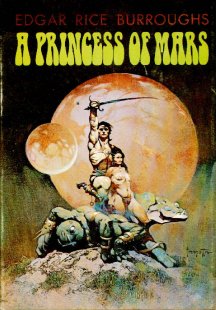 |
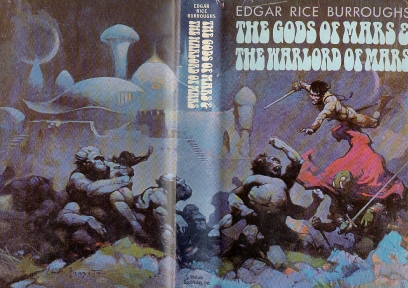 |
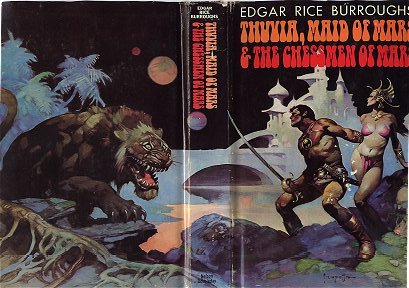 |
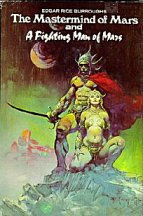 |
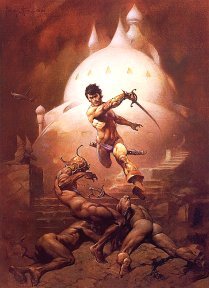 |
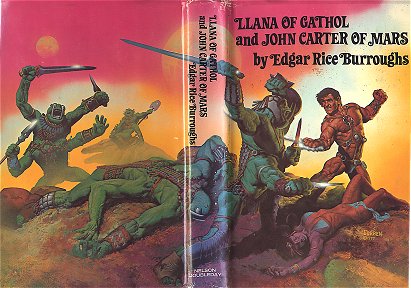 |
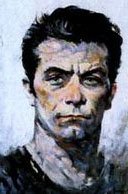 |
 |
 |
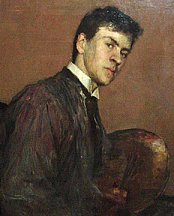 |
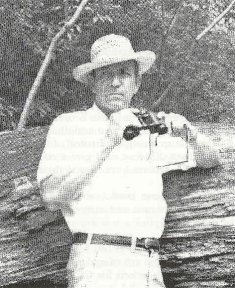 |
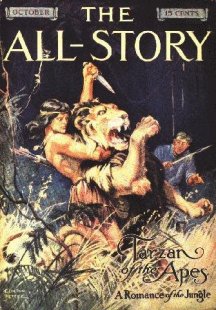 |
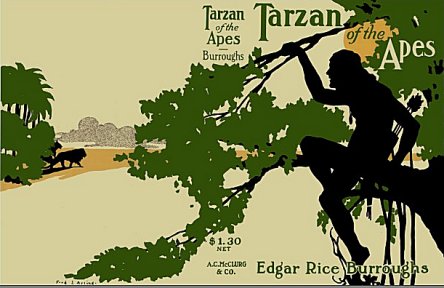 |
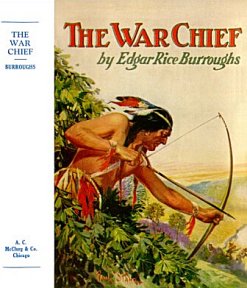 |
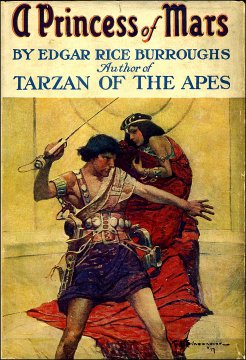 |
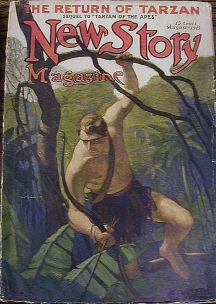 |
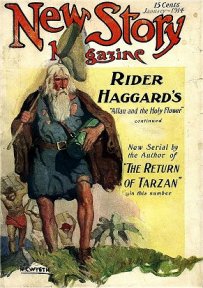 |
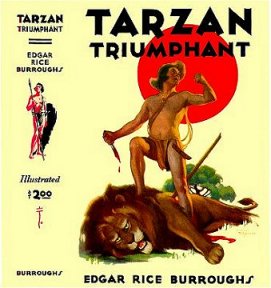 |
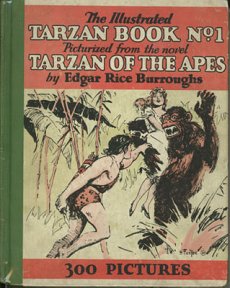 |
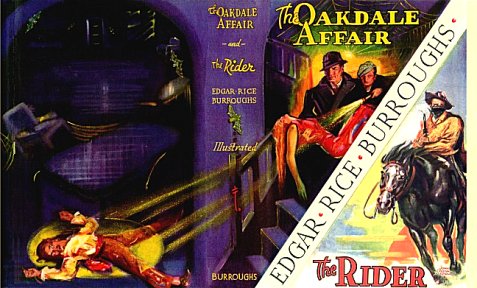 |
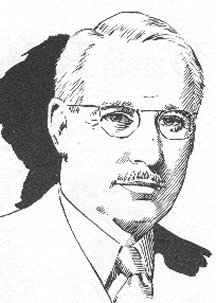 |
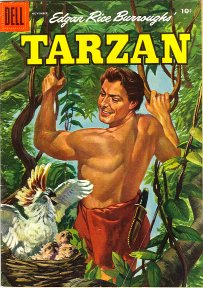 |
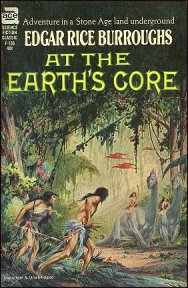 |
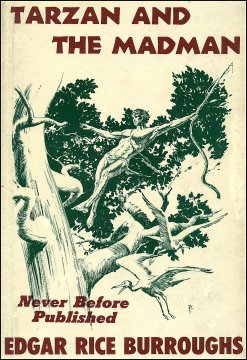 |
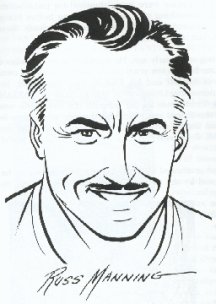 |
![]()

ERBzine.com
Presents
The
Fantastic Worlds of Edgar Rice Burroughs
ERB
Companion Sites Created by Bill Hillman

![]()

![]()
![]()

![]()
BILL
HILLMAN
Visit
our thousands of other sites at:
BILL
and SUE-ON HILLMAN ECLECTIC STUDIO
ERB
Text, ERB Images and Tarzan® are ©Edgar Rice Burroughs, Inc.-
All Rights Reserved.
All
Original Work ©1996-2011/2019 by Bill Hillman and/or Contributing
Authors/Owners
No
part of this web site may be reproduced without permission from the respective
owners.